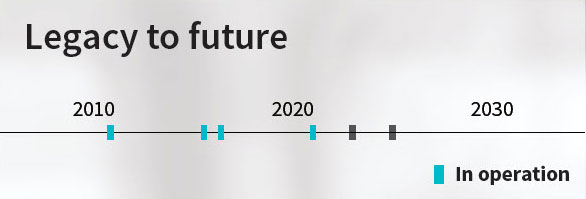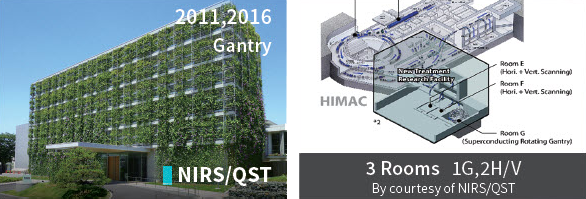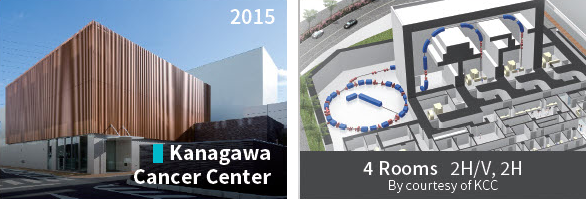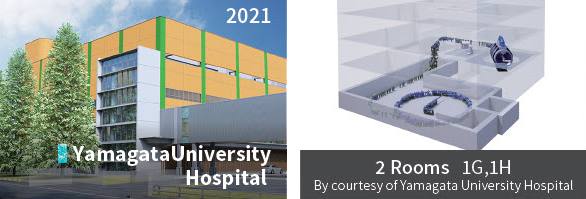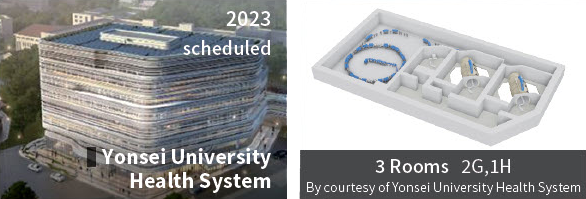Leading the way in developing and disseminating Heavy ion therapy technologies
Toshiba has successfully developed the worldâs smallest rotating gantry in the field of Heavy Ion therapy by using superconducting technologies. Through the 360° rotation, you can now target tumors from any desired direction. Learn how this technology can advance your Cancer Center, revolutionizing the treatment you can offer your patients.






